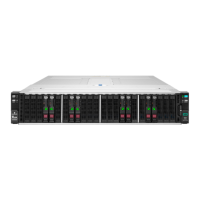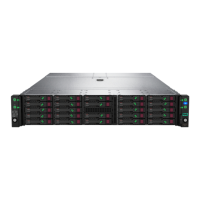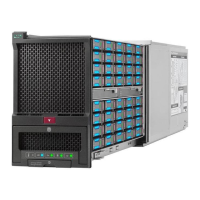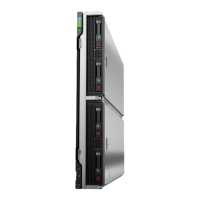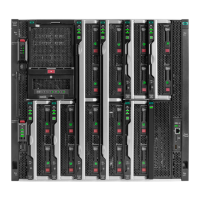For specifications, see the UPS reference guide.
5. Verify that the line cord is connected.
6. Verify that each circuit breaker is in the On position, or replace the fuse if needed.
If this issue occurs repeatedly, contact an authorized service provider.
7. To verify that a battery or site wiring issue has not occurred, check the UPS LEDs.
See the UPS documentation.
8. If the UPS sleep mode is initiated, disable sleep mode for proper operation.
The UPS sleep mode can be turned off through the configuration mode on the front panel.
9. To verify that the damage is not caused by excessive heat, change the battery.
Be sure to complete this step if a recent air conditioning outage occurred.
NOTE: The optimal operating temperature for UPS batteries is 25°C (77°F). For approximately every
8°C to 10°C (16°F to 18°F) average increase in ambient temperature above the optimal temperature,
battery life is reduced by 50 percent.
Low battery warning is displayed on the UPS
Symptom
A low battery warning is displayed on the UPS.
Cause
• The batteries need to be charged.
• The batteries are failing to hold a charge.
• The batteries are faulty.
Action
1. Plug the UPS into an AC grounded outlet for at least 24 hours to charge the batteries.
2. Test the batteries.
3. Replace the batteries if necessary.
4. Be sure the alarm is set appropriately by changing the amount of time given before a low battery
warning. For more information, see the UPS documentation.
One or more LEDs on the UPS is red
Symptom
One or more of the UPS LEDs is red.
Action
For product-specific LED information and additional troubleshooting information, see the UPS
documentation.
Hardware issues 35

